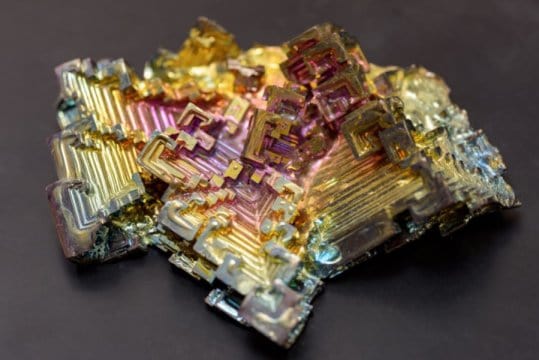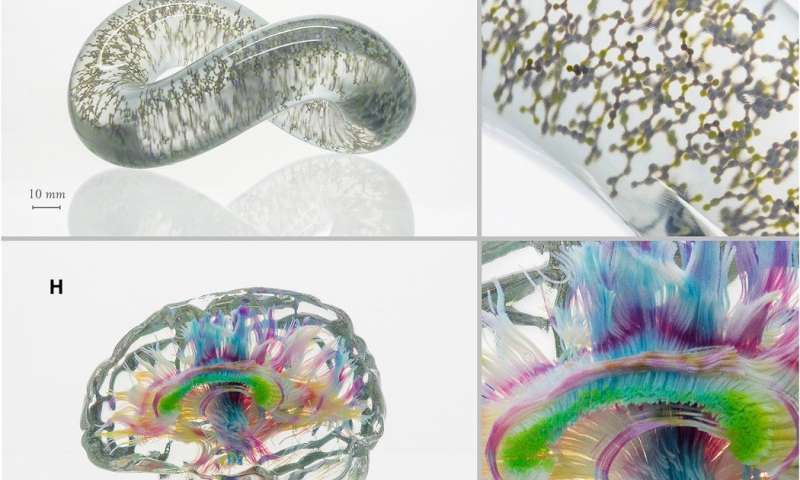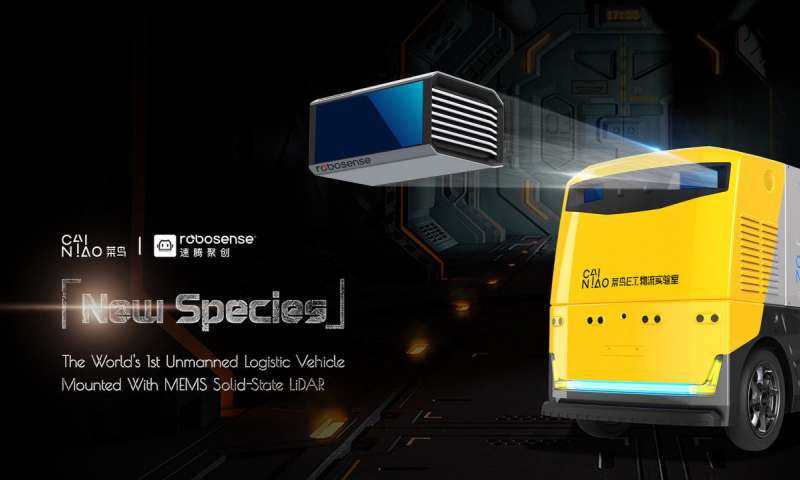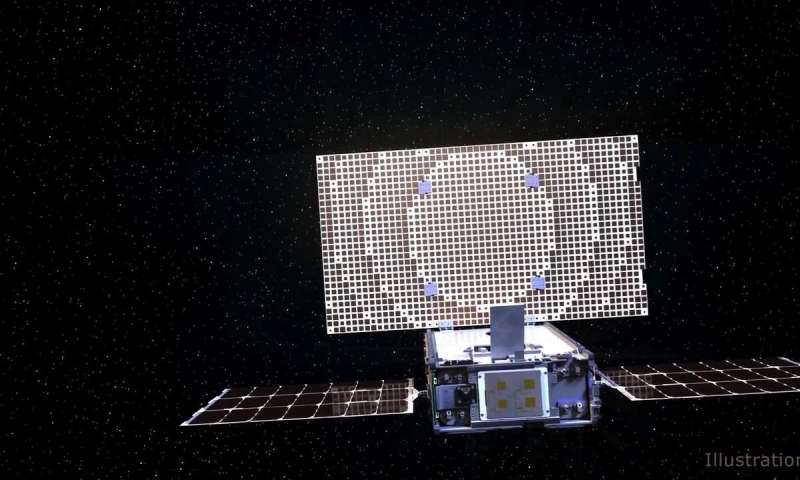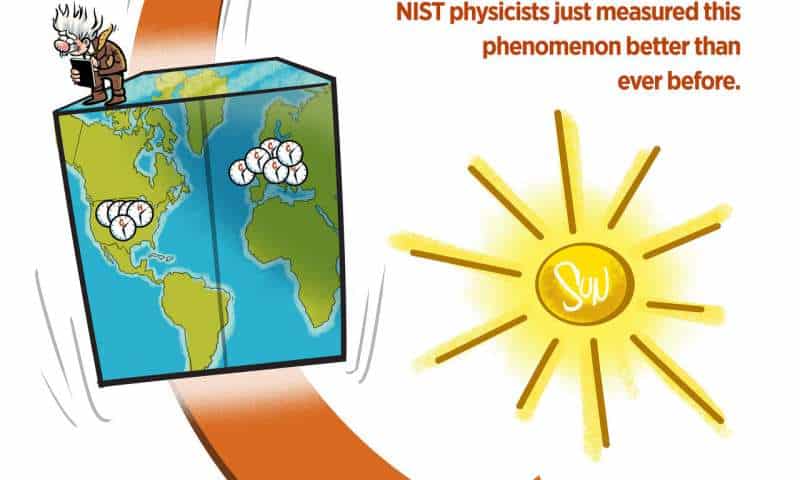
By comparing different types of remote atomic clocks, physicists at the National Institute of Standardsand Technology (NIST) have performed the most accurate test ever of a key principle underlying AlbertEinstein’s famous theory of general relativity, which describes how gravity relates to space and time.
The NIST result, made possible by continualimprovements in the world’s most accurateatomic clocks, yields a record-low, exceedinglysmall value for a quantity that Einstein predictedto be zero.
As described in a Nature Physics paper postedonline June 4, NIST researchers used the solarsystem as a laboratory for testing Einstein’sthought experiment involving Earth as a freefallingelevator. Einstein theorized that all objectslocated in such an elevator would accelerateat the same rate, as if they were in a uniformgravitational field—or no gravity at all. Moreover,he predicted, these objects’ properties relativeto each other would remain constant during theelevator’s free-fall.
In their experiment, the NIST team regardedEarth as an elevator falling through the Sun’sgravitational field. They compared recordeddata on the “ticks” of two types of atomicclocks located around the world to show theyremained in sync over 14 years, even as thegravitational pull on the elevator varied duringthe Earth’s slightly off-kilter orbit around the sun.Researchers compared data from 1999 to 2014for a total of 12 clocks—four hydrogen masers(microwave lasers) in the NIST time scale witheight of the most accurate cesium fountain atomic clocks operated by metrology laboratories in theUnited States, the United Kingdom, France, Germany and Italy.
The experiment was designed to test a prediction of general relativity, the principle of local positioninvariance (LPI), which holds that in a falling elevator, measures of nongravitational effects areindependent of time and place. One such measurement compares the frequencies of electromagneticradiation from atomic clocks at different locations. The researchers constrained the violation of LPIto a value of 0.00000022 plus or minus 0.00000025—the most miniscule number yet, consistent withgeneral relativity’s predicted result of zero, and corresponding to no violation. This means the ratioof hydrogen to cesium frequencies remained the same as the clocks moved together in the fallingelevator.
This result has five times less uncertainty than NIST’s best previous measurement of the LPI violation,translating to five times greater sensitivity. That earlier 2007 result, from a 7-year comparison of cesiumand hydrogen atomic clocks, was 20 times more sensitive than the previous tests.
The latest measurement advance is due to improvements in several areas, namely more accuratecesium fountain atomic clocks, better time transfer processes (which enable devices at differentlocations to compare their time signals), and the latest data for computing the position and velocity ofEarth in space, NIST’s Bijunath Patla said.
“But the main reason we did this work was to highlight how atomic clocks are used to test fundamentalphysics; in particular, the foundations of general relativity,” Patla said. “This is the claim made mostoften when clockmakers strive for better stability and accuracy. We tie together tests of general relativitywith atomic clocks, note the limitations of the current generation of clocks, and present a future outlookfor how next-generation clocks will become very relevant.”
Further limits on LPI are unlikely to be obtained using hydrogen and cesium clocks, the researcherssay, but experimental next-generation clocks based on optical frequencies, which are much higher thanthe frequencies of hydrogen and cesium clocks, could offer much more sensitive results. NIST alreadyoperates a variety of these clocks based on atoms such as ytterbium and strontium.
Because so many scientific theories and calculations are intertwined, NIST researchers used their newvalue for the LPI violation to calculate variations in several fundamental “constants” of nature, physicalquantities thought to be universal and widely used in physics. Their results for the light quark mass were the best ever, while results for the fine structure constant agreed with previously reported values for any pair of atoms.
